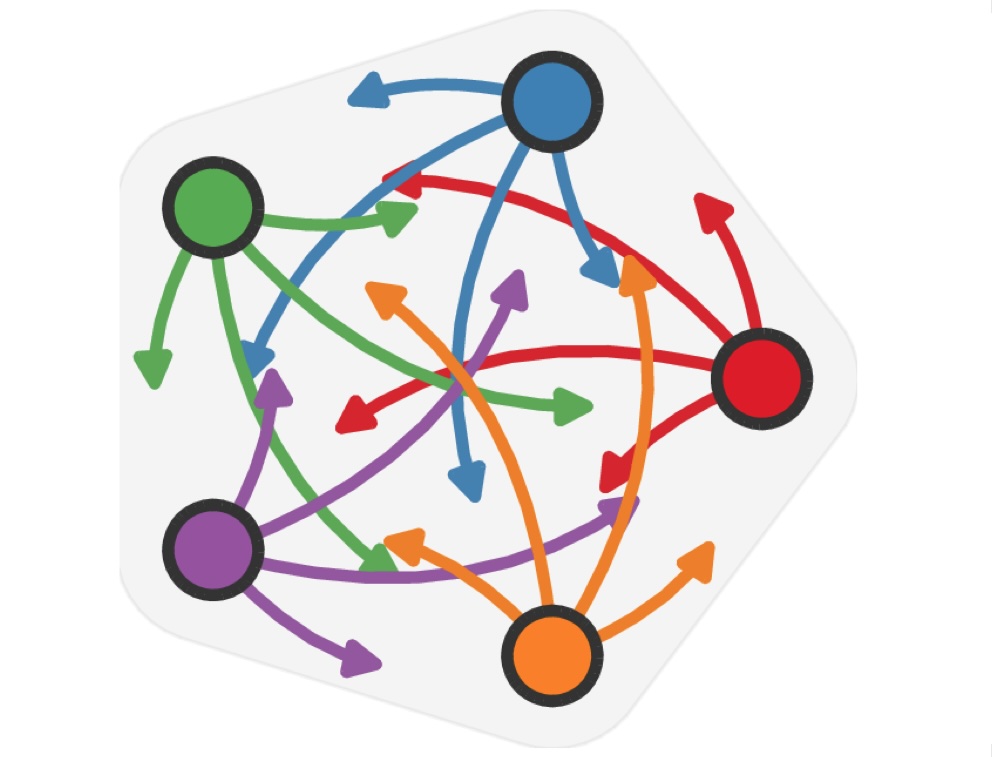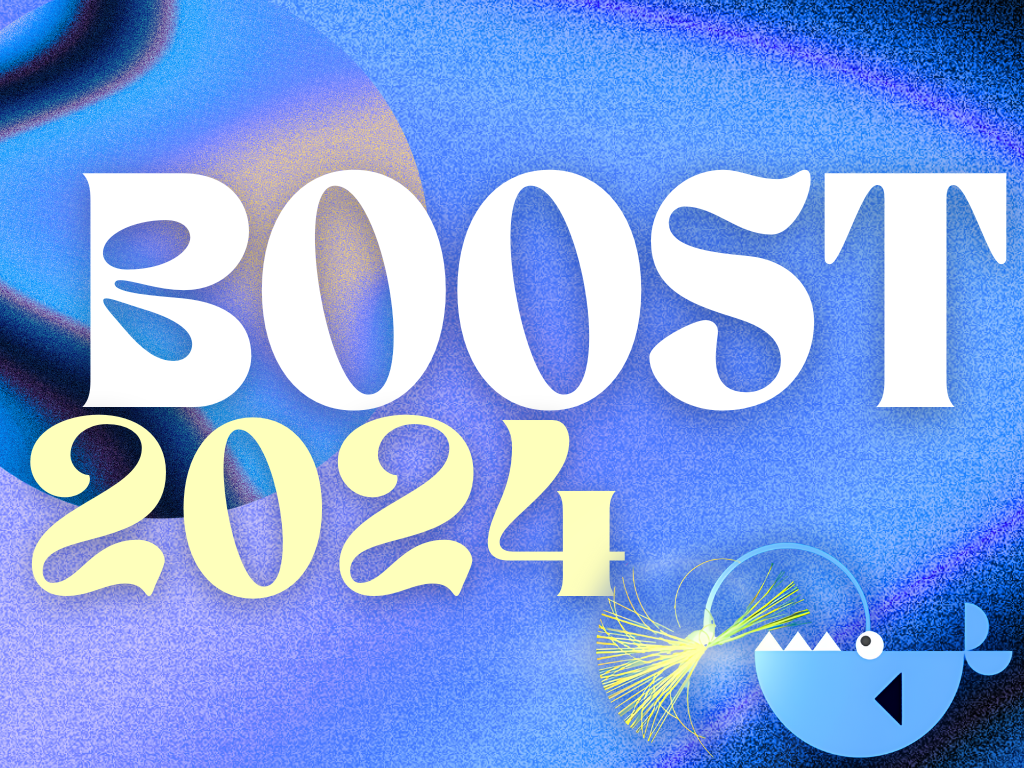Breaking through (jet) barriers
29 July 2024 | By
As the name suggests, the Large Hadron Collider (LHC) primarily collides hadrons — composite particles made up of quarks and gluons. Consequently, the most common result of an LHC collision is the production of quarks and gluons. These quickly coalesce into a large number of hadrons, forming distinct cone-shaped distributions across the ATLAS experiment known as "jets."
As the most abundantly produced object in the ATLAS experiment, jets are critical to understanding a number of physics processes. Researchers use them in searches for new physics, measurements of Standard Model properties, characterizations of detector properties, and more. These tasks depend on a precise understanding of jet properties, which can be a challenge. Existing approaches to measuring jet energy (Jet Energy Scale, JES) or the repeatability of that measurement (Jet Energy Resolution, JER) have been pushed to their limits, prompting the need for new techniques.
In new results presented at the BOOST 24 conference in Genova (Italy), ATLAS scientists detailed two innovative approaches for more accurately quantifying jet properties.
Back to basics: JES measurements
Traditional JES measurement techniques, known as “in situ pT-balance methods”, focus on measuring the jet as a whole by using the transverse momentum (pT) conservation in events where a jet balances a well-understood reference object. This method is limited by the frequency with which such events occur at high-pT and by knowledge of how well-modelled the pT-balance is.
When developing a fresh approach, ATLAS researchers went back to the basics: thinking about jets as a collection of particles. Drawing on recent advancements in understanding the modelling of particle composition within jets and how detectors respond to individual particles, physicists devised a new method to evaluate the JES using these single-particle response measurements. This method results in better precision for JES uncertainty and agrees well with the traditional approach (see Figure 1(a)). When both methods are combined, the precision of JES measurements across LHC energy scales improves, with JES uncertainty going down to less than 1% for pT above 300 GeV. Moreover, as the new method considers the individual particles within the jet, it adapts to any type of jet under study. This includes examining the calibration dependency on jet fragmentation, as well as deriving JES for more exotic varieties such as jets clustered with different radius parameters and jets from the hadronic decays of massive particles.
These new developments significantly enhance physicists' ability to measure the most frequently observed objects in the ATLAS experiment.
Harnessing pileup: JER measurements
The repeatability of a jet measurement (JER) depends on three main factors: the noise (N) in the detector not produced by the signal of interest, the stochastic (S) nature of the interactions of the particles within the jet with the detector, and the constant (C) loss of energy due to detector limitations. N dominates at low energies, S at intermediate energies and C at high energies. JER measurements would ideally leverage the abundance of jet events at the LHC, but recording all events containing a pair of jets would overwhelm the data-taking system.
ATLAS physicists developed a new approach that inverts the normal strategy. Instead of focusing on a low rate of events recorded for a specific purpose, they considered a high rate of events recorded for other purposes, and studied the other collisions recorded in parallel (called “pileup”). Jet production is so common that many collisions produce exactly what is needed to measure the JER. Pileup provides a larger low-energy dataset than normal approaches (see Figure 2(a)), and JER measurements using the dataset are consistent with previous results (see Figure 2(b)). Not only does this demonstrate the feasibility of using pileup collisions as a new dataset, it is also a means of improving low-energy JER measurements.
These new developments mark a significant step forward in the ability to measure the most frequently observed objects in the ATLAS experiment. Both techniques will be instrumental in breaking through traditional jet barriers in ATLAS.
Explore the interactive event display
Learn more
- A precise measurement of the jet energy scale derived from single-particle measurements and in situ techniques in proton-proton collisions at 13 TeV with the ATLAS detector (arXiv:2407.15627, see figures)
- Using pile-up collisions as an abundant source of low-energy hadronic physics processes in ATLAS and an extraction of the jet energy resolution (arXiv:2407.10819, see figures)
- BOOST 2024 talk by Magda Diamantopoulou: New techniques for reconstructing and calibrating hadronic objects with ATLAS
- BOOST 2024 poster by Lata Panwar: Jet Energy Scale Uncertainty using Single Particle Response Measurements








